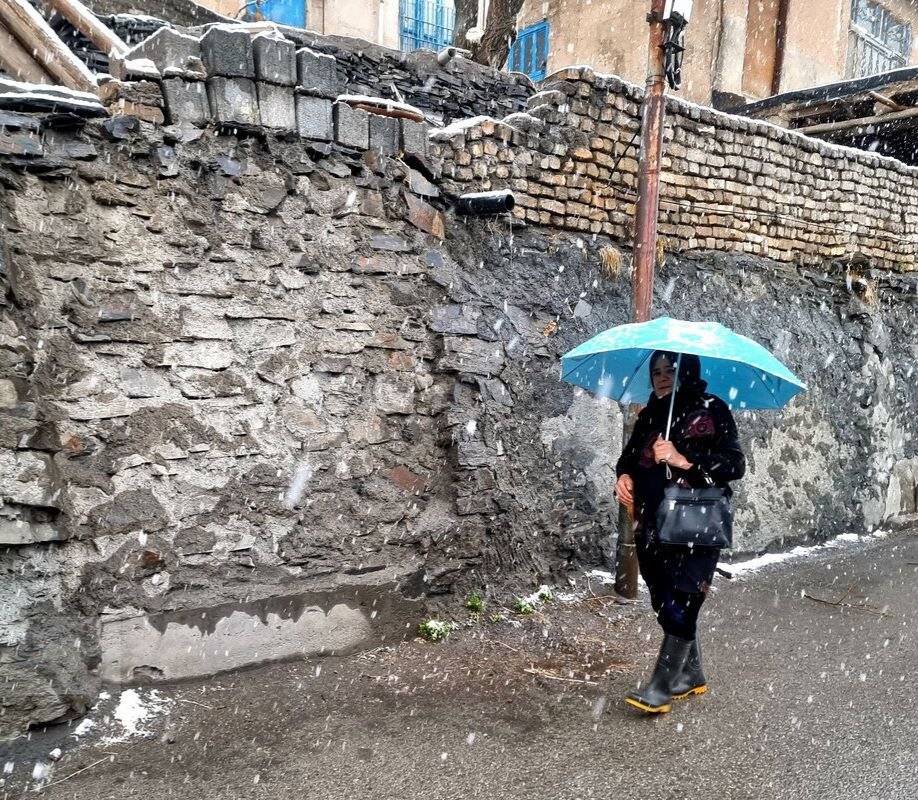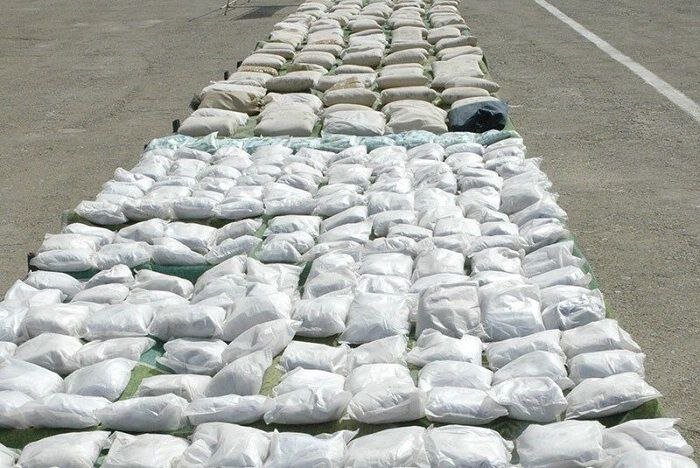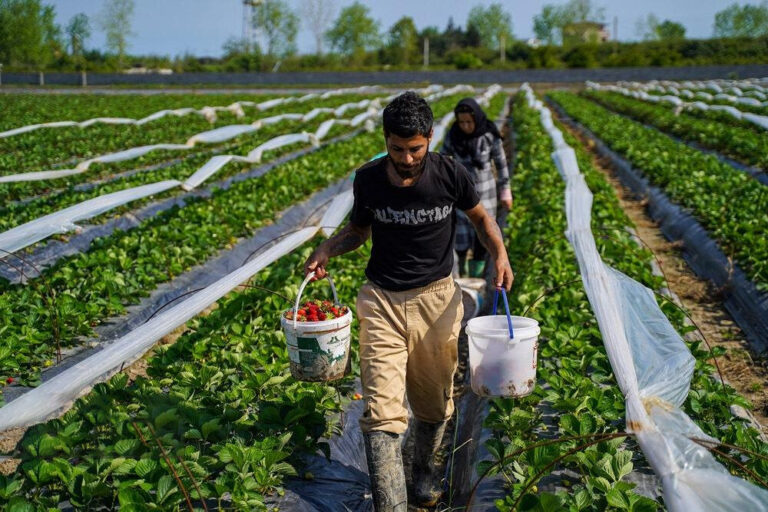Significant 30% Decrease in Rainfall: A Dramatic Shift from Long-Term Averages
As of April 5, 2023, Iran has experienced a significant shift in its rainfall patterns, with total precipitation measuring only 14.5 mm since the start of spring, representing a 28.1 percent decrease from the long-term average of 20.2 mm, according to the latest data from the Meteorological Organization.
Throughout the past week, from March 30 to April 5, the country recorded just 3.9 mm of rain, which is a staggering 49.9 percent drop compared to the long-term average of 7.8 mm. This trend raises concerns about water availability and agricultural sustainability in the region.
From the beginning of the current water year on September 23, 2024, until April 5, the total recorded rainfall stands at 114.1 mm. This figure is 37.1 percent less than the long-term average of 181.6 mm. The situation is particularly alarming for several provinces across the country.
Provincial Rainfall Overview
Among the provinces, Mazandaran is the only one to report an increase in rainfall, receiving 2.2 percent more than its long-term average. In contrast, other regions are facing severe shortfalls:
- Hormozgan: 75.9 percent less rain than normal.
- Sistan-Baluchestan: 75.4 percent less rain than normal.
- Tehran: Recorded a long-term average of 195.5 mm, with current rainfall at 114.5 mm, indicating a 41.4 percent decrease.
These statistics illustrate a concerning trend of reduced precipitation that could have long-term implications for water resources and agriculture in these areas.
Previous Water Year Comparisons
The end of the previous water year (September 22, 2023 – September 22, 2024) brought a total of 252.7 mm of precipitation, marking a 19 percent increase compared to the preceding year. Initially, the low precipitation levels were worrying, but the situation improved as the year progressed. However, the cumulative rainfall over the years has not been sufficient to alleviate the long-standing water deficit caused by successive years of drought.
Despite the increase, many provinces continue to suffer from water shortages:
- A total of 10 provinces received less than normal rainfall during the previous water year.
- Overall, the total rainfall recorded during the previous water year was 252.7 mm, up from 212.9 mm in the year prior (September 2022 – September 2023).
- In comparison to the long-term figure of 248.7 mm, this marks a 2 percent increase.
Experts warn that despite improved rainfall in the previous year, the ongoing drought conditions coupled with reduced precipitation in the current water year may exacerbate water scarcity in the region.
Looking Ahead
The alarming decrease in rainfall raises critical questions about the future of water management and agricultural practices in Iran. Policymakers and water resource managers are urged to devise strategies to mitigate the effects of drought and ensure sustainable water usage.
In conclusion, the current rainfall trends indicate a pressing need for effective resource management to combat the impacts of climate change and prolonged drought conditions in Iran. As the situation evolves, continued monitoring and adaptive strategies will be essential to safeguard the country’s water resources and agricultural viability.
For more updates on Iran’s climate and weather patterns, stay tuned to local news outlets and the Meteorological Organization’s reports.






